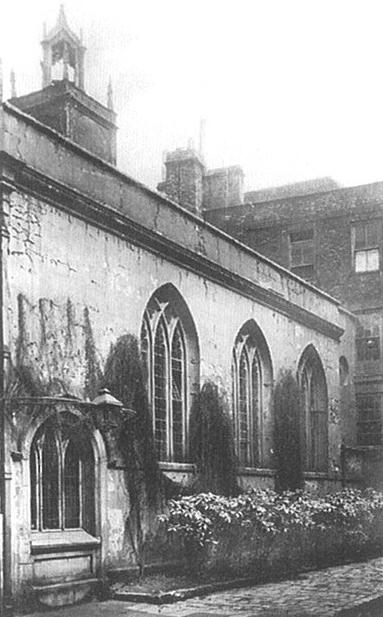This is from the booklet The Inner Temple: A Brief Historical Description by J. H. Baker, K.C., LL.D., F.B.A. published in 1991 and some practices have changed since this booklet was published. For current practice see the Inn’s website.
The legal university dominated by the inns of court contained also a number of lesser colleges known as the inns of chancery. The collective name reflects the origin of at least some of these inns as the households of masters in Chancery, where students might learn the forms of writs from those whose profession it was to formulate them. In Tudor times the inns of chancery came under the control of the inns of court, who sent barristers down each year to deliver lectures. The educational system ended with the Civil War, and the societies then became little more than dining clubs.

The Inner Temple was responsible for three of these inns. Lyons Inn (whose freehold was purchased by the Inner Temple in 1583) was situated in what is now the Aldwych, and was demolished in 1863; it was here that Sir Edward Coke delivered his reading on fines in 1579. Clement’s Inn, immediately to the west of the Royal Courts of Justice, is where Shakespeare’s Justice Shallow ‘heard the chimes of midnight’ in his misspent youth; it was sold by its members in 1884 and demolished in 1891. Clifford’s Inn was let to law students as early as 1344, and was attended by the young Coke in 1571; it was the last to be sold, following a Chancery suit which established that it was held on charitable trusts (Smith v. Kerr[1902] 1 Ch. 774). Most of Clifford’s Inn was demolished in 1934, and a monstrous office block erected on the site of the old hall; a dull gatehouse still remains. Two window-panes from the hall (with the arms of Bromley L.C., dated 1580, and Coke C.J.) were removed to the Inner Temple Library, but were destroyed in the Blitz.
Next chapter: Pegasus
Back to: Temple Church

